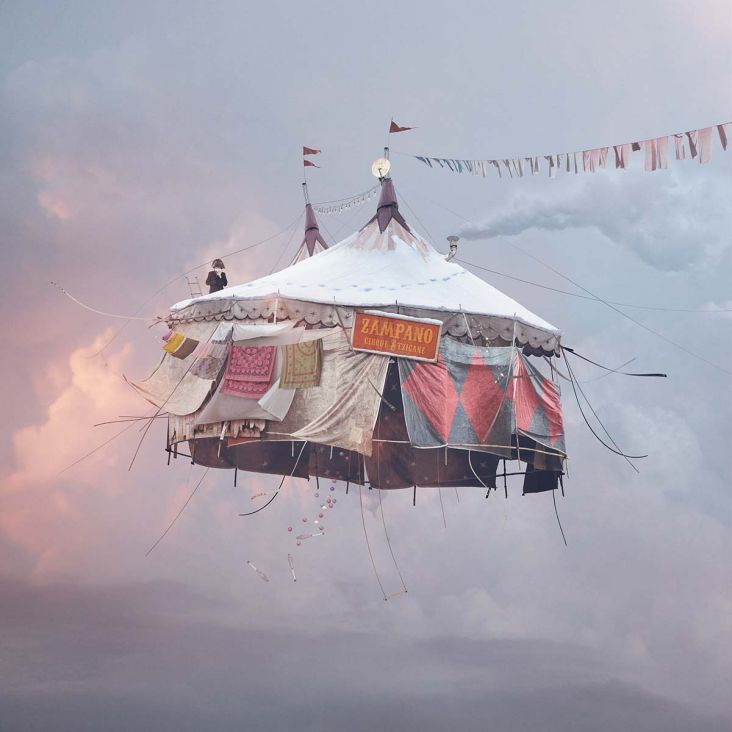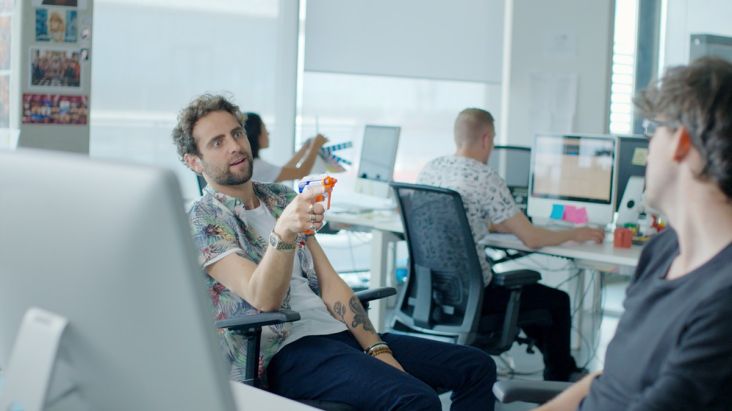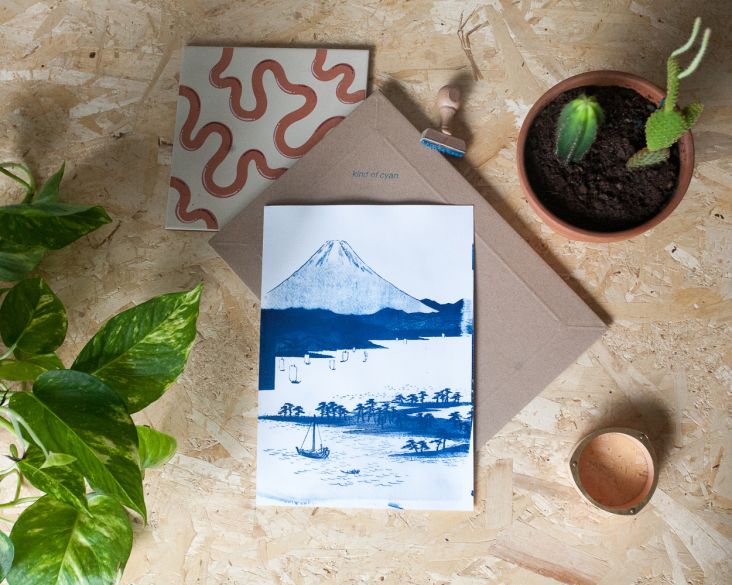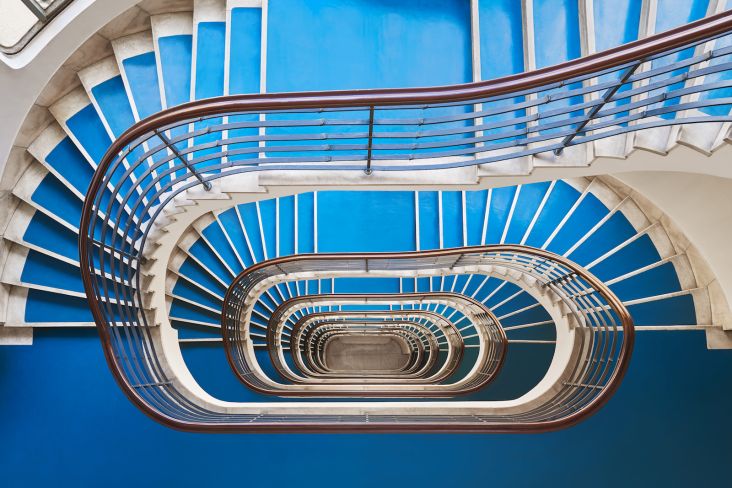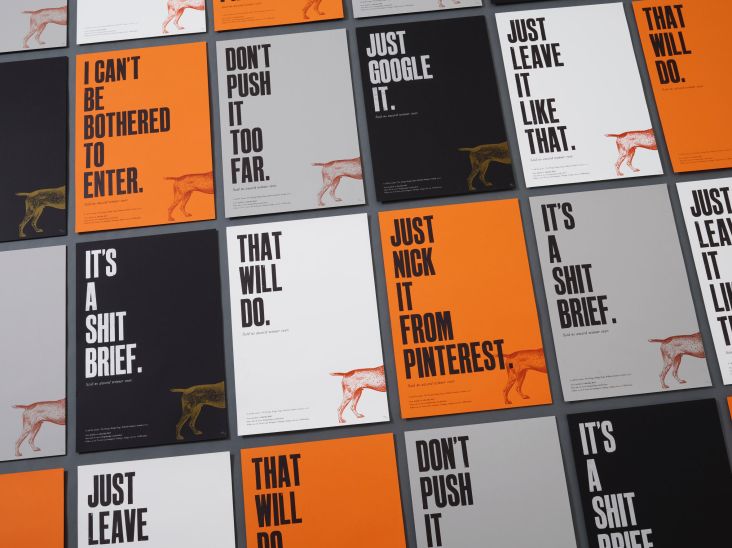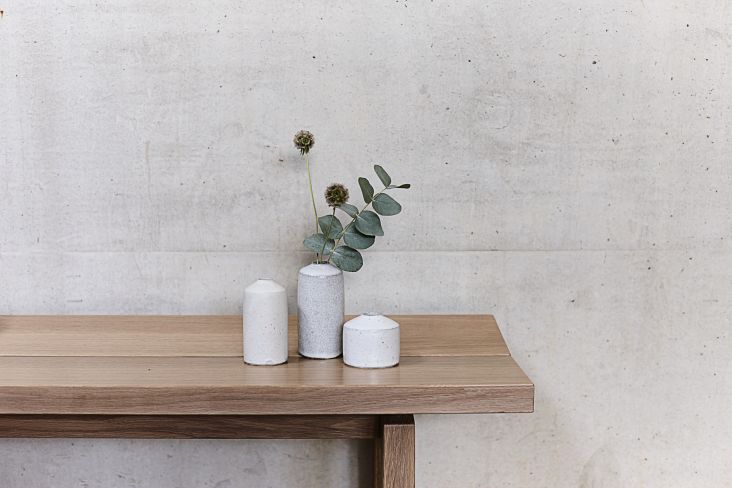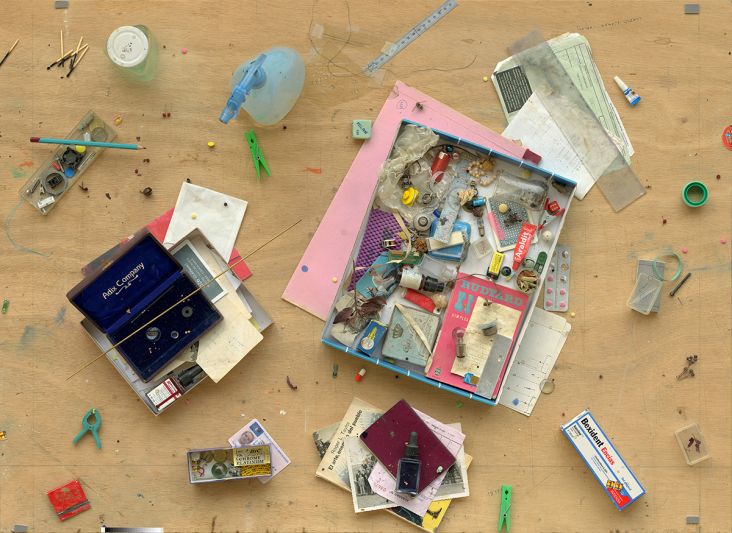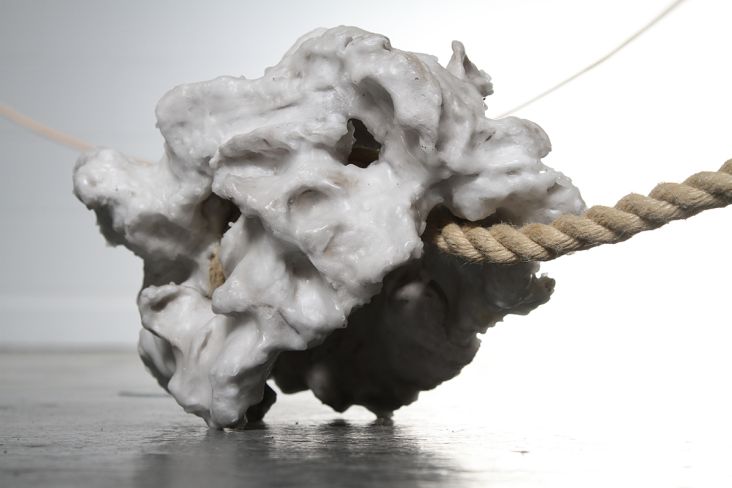Hey Studio founder Verònica Fuerte on the importance of self-initiated projects and how to survive a crisis
Barcelona-based design studio Hey has made a name for itself over the last decade for creating bold, brightly coloured, forward-thinking design work.
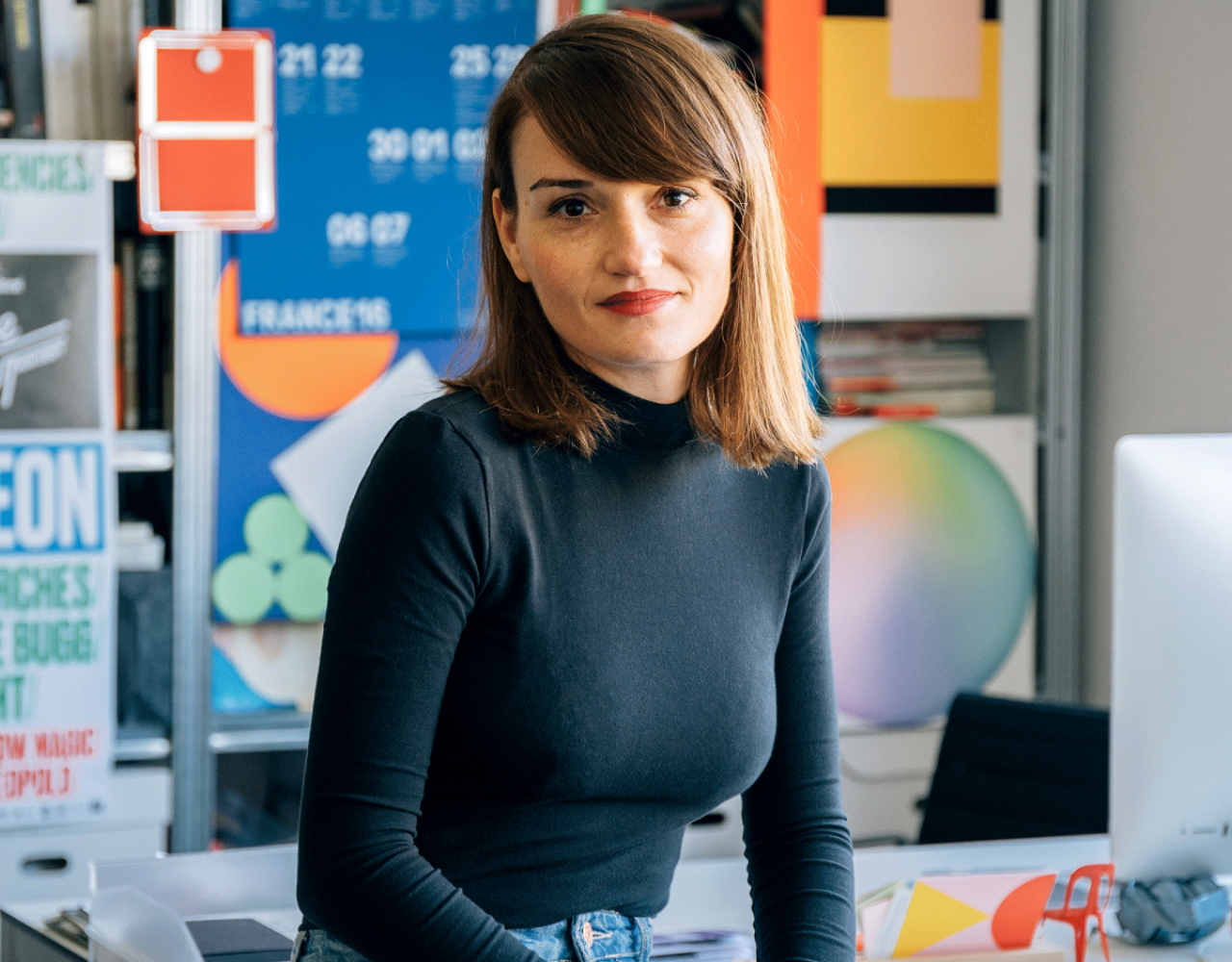
Whether working for corporate clients or on self-initiated animations, products or prints, its marriage of design thinking and an illustration-centric approach has made its work always seem fresh, and always, always feel very “Hey.”
It’s hard to believe that the studio is celebrating its tenth birthday this year, and as it does so its client list has swelled to include the likes of Apple, Vodafone, The Wall Street Journal, Mr. Porter, Design Studio, Penguin Random House and Oxfam.
We caught up with Hey’s founder Verònica Fuerte to find out how it all began, and where she wants it all to go next.
How did you first get into design? Is it something you always wanted to do?
It’s something that I always wanted to do from a very young age. When I was young I always painted after school, so when I was 18 years old and decided to study at university, my first option was cinema, so very much related to creativity.
My second option was design – I couldn’t go to the cinema school as there’s only one in Barcelona, and they only take 80 people, so my second option was designed. But I really loved it, so I was happy. I loved anything related to creativity.
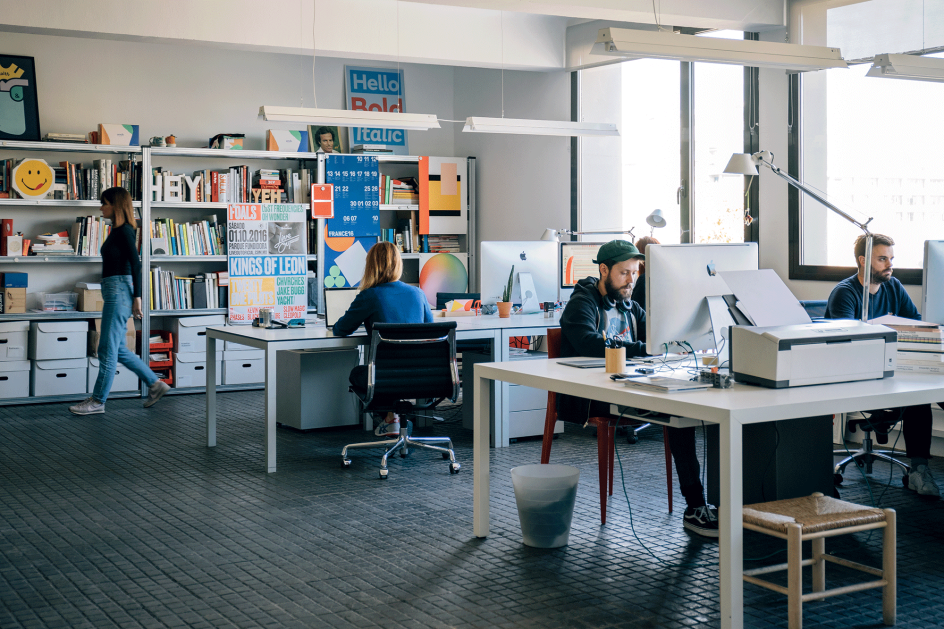
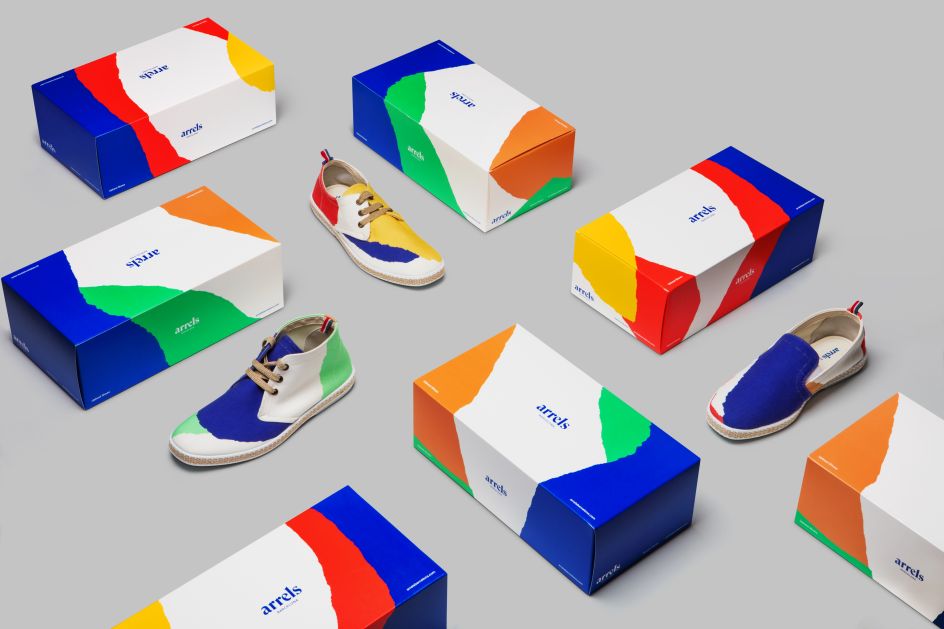
Arrels packaing
When you started studying did you have any particular art or design heroes?
No, I didn’t know anything about it at that age! When I started university, in my first year we studied everything – graphic design, interior design – but in my second year, I chose graphic design. When I was studying I really loved a lot of designers; I discovered Vince Frost, Spin… I had a lot of graphic design references that I started to love.
What did you do once you’d finished university?
It was a four-year course and I’d always interned in my third and fourth years at design studios in Barcelona. When I finished I started working in a brand design company called Summa, at the time they were the most important studio in Barcelona. After a year I decided to live in Menorca – it was a personal thing – when I came back eight months later and started to work in a few different studios, then spent three years at Luna. After that, I founded Hey when I was 27 years old.
That’s quite young to start your own studio, was it daunting?
A little bit, but it was very exciting. It was something I really loved to do, so I was happy.
When you started out did you have any clients?
My old studio gave me one client for a month so I could start working on designs, and I had a client who was a friend of my partner so it helped me a lot to start with those.
How did you go about building up your client list?
I decided to send my portfolio – a very small, physical one – to places in Barcelona, companies, and museums or cultural places. That was in 2007, and it went very well – maybe three or four replied to me asking me to do a job for them.
It was just before the financial crisis so I think it was good because, in a time of crisis, companies want small studios as they can afford their rates. When you first start up a new studio you can do whatever job for whatever money.
Now that you can afford to be more picky, what makes a great client?
I think it’s good when the client believes in you, and we can fit together. Sometimes the client puts up a wall – something that shows they don’t believe in you, or they don’t want your advice. Ideally, you can collaborate with the client to create a good connection. It’s good when there’s a sort of freedom, that’s when we make our best projects – when the client allows you that freedom, believes in you and helps you.
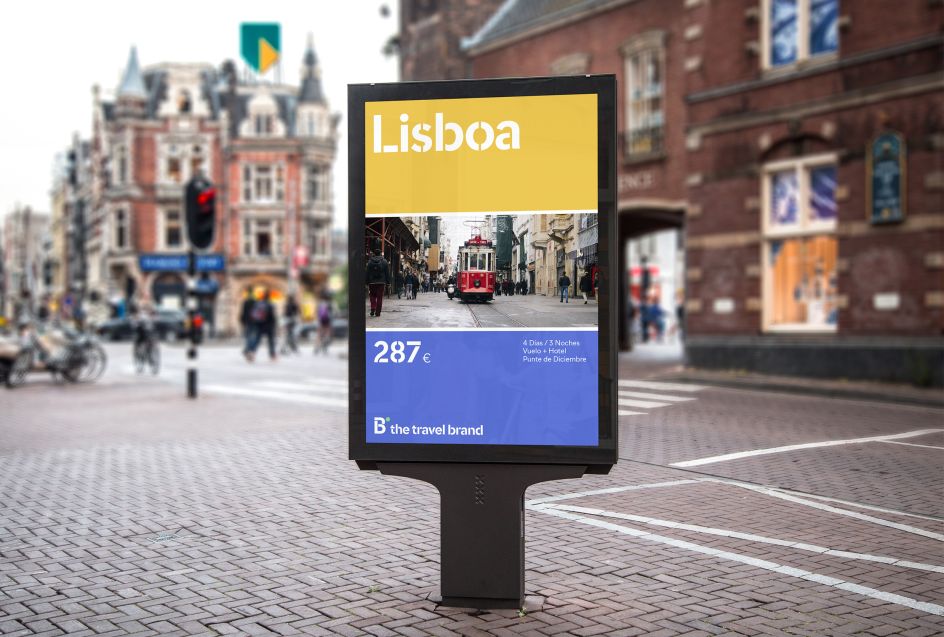
Bthetravel branding
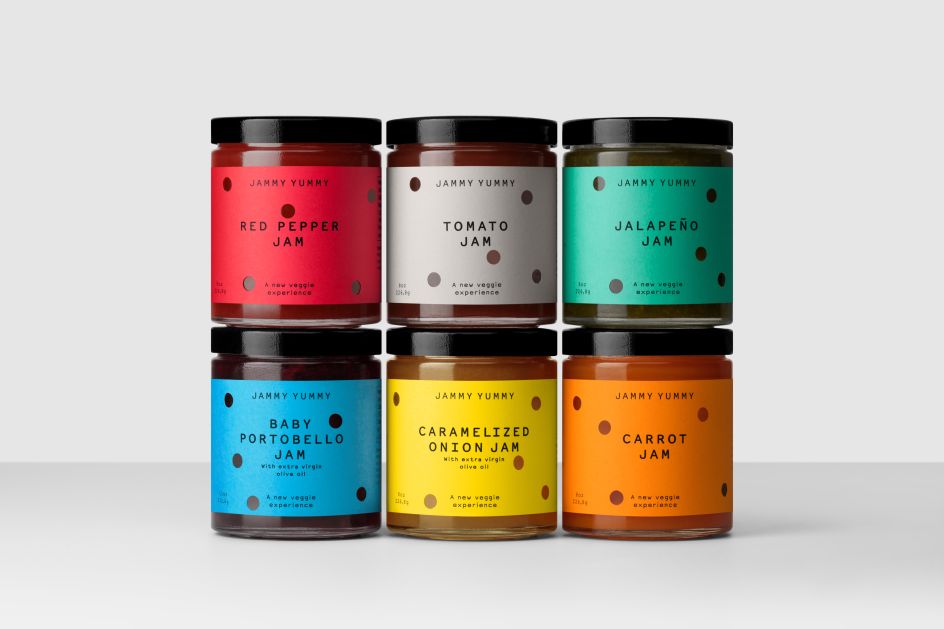
Jammy Yummy logo and packaging
How many of you are there now at Hey?
We are four, and one intern – we always try to have one intern. I’m the founder and director, and Ricardo started with me from the beginning more or less. He’s more illustration focused, Eva is a graphic designer and Paula is the studio manager.
Are there plans to grow, or do you like keeping things small?
I like to keep it small because I think we have a very strong style, and if the studio grows maybe we would lose that style. When you’re small you have more control over that.
How would you describe that style?
I always say it’s not just a style, it’s an attitude: it’s something open, fresh and simple with a strong idea behind it and very bold graphics. I believe design is for everyone, not just a specific target, so that’s why it’s so direct and fresh.
What’s your studio space like?
We’ve been in our new place for a year before we were in a very, very small space. This one is more professional, and we share it with a graphic design friend of mine – we studied together. The environment is like a family, as we’re a small studio. Space is big but as there are only a few of us if one person is angry or feels bad you know about it.
We try to keep a good environment, so on Mondays, we cook pasta. It started as a competition and every week two people cook, so when you cook you do that and clean it up and make the coffee, and the others don’t do anything. Sometimes we have music on, but most of the time we work with headphones as we all like different music. In the same building, we’ve got friends downstairs, one is a photographer who took our pictures for the website, so it’s good as it's very easy.
Do you socialise with each other a lot?
Of course, we do sometimes, but not so often. In the UK I think you do this more, like going for drinks on Friday, but in Barcelona, it’s different, more focused on work.
If you were hiring at Hey, what sort of person would you be looking for?
It’s very difficult because of the size of the studio. It’s very important they’re a good designer and illustrator, someone who loves typography and loves colour; but designers now have to be able to do a lot of things. It’s not just about making a poster, so they need to know all the fields we work in. But 50% of designs and 50% is attitude.
You work on a lot of personal projects, like the Hey shop, as well as client work: how do you balance the two?
We try to do personal projects when we have time, so for example if there’s a more relaxed month we can invest time in them. The shop is part of the studio, so maybe sometimes we stop and say that for the next three days we’re working on the shop and try to get ideas for it.
With personal projects, if someone has an idea we listen, we talk, and if you invest time in it I never feel I’m losing time on client work as it will give me things in the future, maybe new clients. Personal projects are where we can explore new styles. Sometimes a client says they want something they've already seen, and you have no chance to explore new styles.
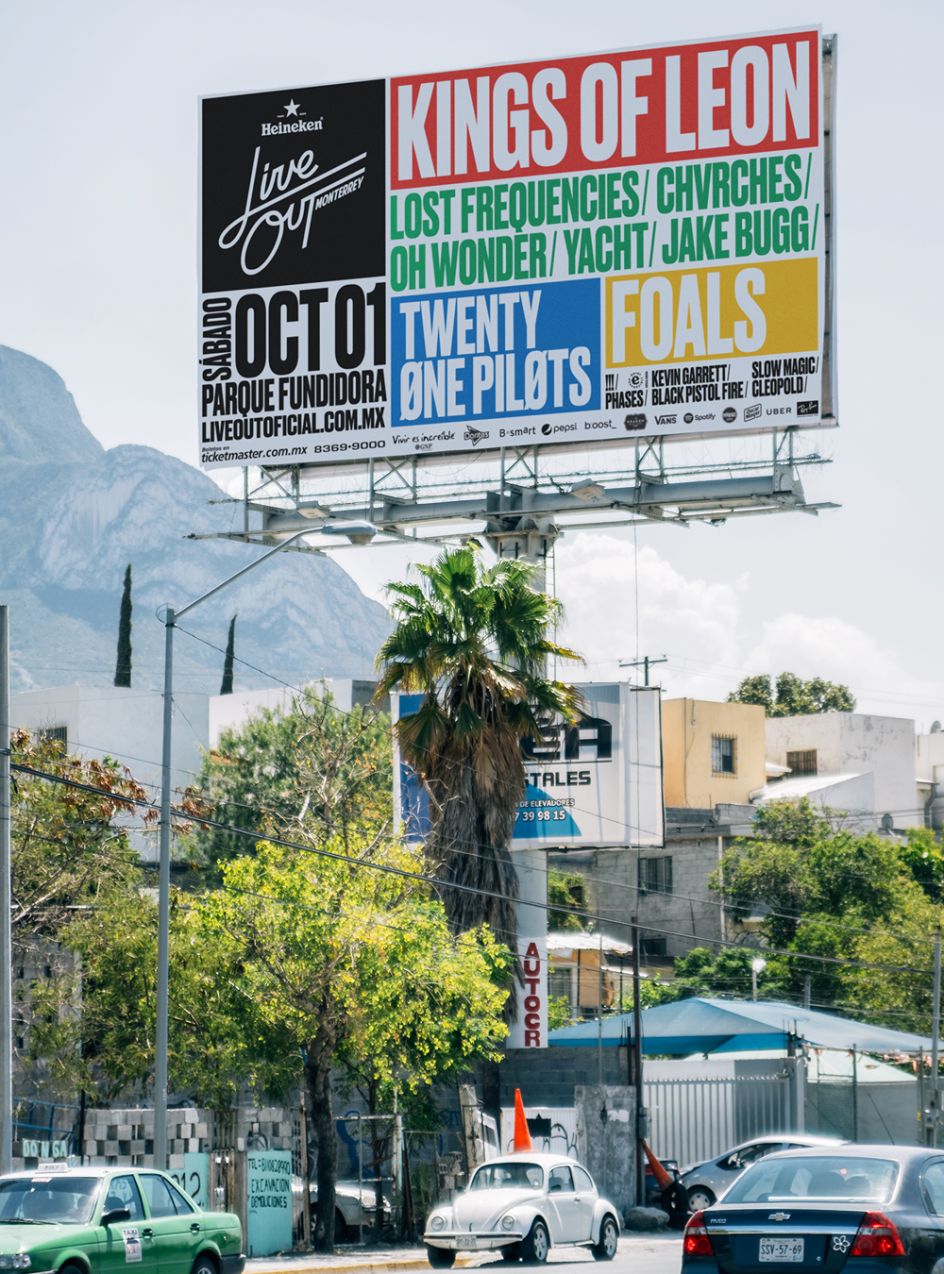
Live Out designs
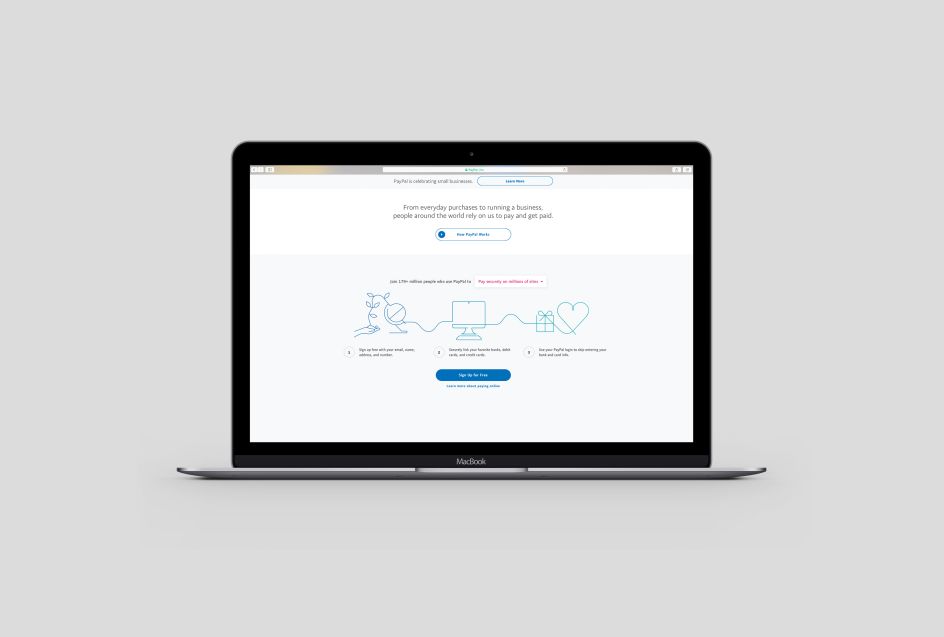
Pay Pal illustrations
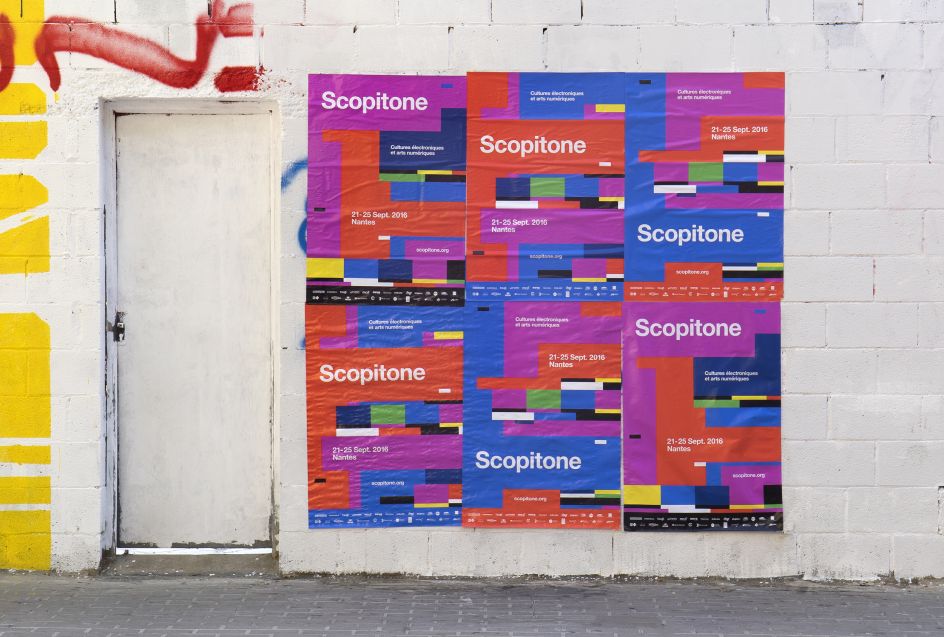
Scopitone designs
What sort of projects would you like to do more of?
I would like to work on a big identity, but I know the size of our studio is sometimes a problem as we’re small, but we’re trying and I think it will arrive soon.
Would that sort of thing be your dream job then?
I have my dream job now! But often we receive small projects as we’re small, so sometimes a big project is good.
What’s the design scene like in Barcelona?
It’s quite big, it’s full of creativity – not only graphic designers but photographers, illustrators, set designers…it’s full of people and not only from Barcelona, but people from outside of Spain. People from London or France come and work here so it’s a big creativity hub right now. Where we’re based, in Poblenou, it’s a neighbourhood full of designers.
What advice would you give to people who want to start their own studios?
When you start, you might not have clients as it’s difficult to get them, but we are creative people and we have the tools to do it: we can invent projects or create new ones, or you can create your own things even if you have no clients.
What do you look to if creative block strikes?
I prefer to look in books, vintage books, rather than blogs – or sometimes nothing related to design. But when you’re working you can’t just go outside and take a walk for inspiration: it’s not like in films. You need to find inspiration when you’re working: talk with your team, share your ideas.
Check out more of Hey's work at heystudio.es.




 by Tüpokompanii](https://www.creativeboom.com/upload/articles/58/58684538770fb5b428dc1882f7a732f153500153_732.jpg)


 using <a href="https://www.ohnotype.co/fonts/obviously" target="_blank">Obviously</a> by Oh No Type Co., Art Director, Brand & Creative—Spotify](https://www.creativeboom.com/upload/articles/6e/6ed31eddc26fa563f213fc76d6993dab9231ffe4_732.jpg)








